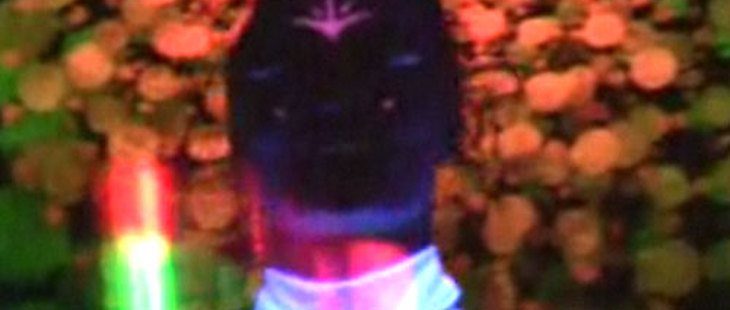
Suspend your disbelief, for a moment, and imagine a club night for the deaf. The dance floor would vibrate. Acrobats would perform. Dancers would sign the beats. There would be light shows. And the bass would be very, very loud. It’s an unusual event–and that’s exactly the point, says Ronald Ligtenberg, director of Skyway Foundation, which produces Sencity: a series of club nights for deaf people. “I needed a new challenge, so I asked myself: What is impossible in the world of music?” The result: a lush, super-sensory evening, attended by both the hearing and the deaf. Roughly a third of the audience at Sencity’s first event in London, England, last month could hear normally. This is singular: the deaf and the hearing worlds seldom collide, and almost never outside a formalised, educational context. Born in the Netherlands in 2003, Sencity has staged 36 nights around the globe, including Mexico, Brazil, Finland, Spain, and South Africa, and have 12 events planned for 2012, including one in Montreal. Crowds have reached more than 2,000. In this silent world, the audience explores music using all their senses: “See, hear, feel, taste, smell the music” runs the tagline. Translation: “aroma jockeys” waft clouds of essential oil infusions into the crowd while massage therapists provide free sessions. “The main purpose is to inspire people by showing how you can make the impossible possible,” says Ligtenberg, noting that integration–of hearing and deaf worlds–is beside the point. “If you take a so-called disability as a source of inspiration, you may discover whole new areas for innovation.” Take Signmark, who raps with his hands, headlined London’s Sencity, and is the first deaf person to be signed to a major record label. Or the prosthetic-legged athlete and activist Aimee Mullins, who opened her TED talk with an assault on the definition of “disabled.” Says Mullins: “The only true disability is a crushed spirit.” Spirits are well in evidence at Sencity, where every corner bristles with animated, signed conversations, every exchange alive with visible emotion. “Body language, in a way, is a much more honest way of communicating than speech,” says Ligtenberg. “Deaf people are very expressive, so when they are having fun, it really shows.” These unique properties of sign language – and deaf culture itself – are fading with the rise of cochlear implants, which allow congenitally deaf people to hear sound to a limited degree. They are one of the most lauded forms of prosthesis available, but are reviled by large portions of the deaf population; Tim Bonham-Carter, one of Sencity’s organisers, says there’s massive concern that cochlear implants will erode deaf cultural identity. Meanwhile, Sencity is flaunting it. And these raves for the deaf are for more than the deaf. They make revelations about the nature of music itself, a nature not purely acoustic, but three-dimensional, multi-faceted, immersive. “A lot of our understanding of music comes through the body,” says Dr Frank Russo, Associate Professor in the Department of Psychology at Ryerson University. “We can think of all music as movement, because all music requires movement. We all subconsciously move rhythmically when we hear music; we need to move our vocal chords to sing. Music is something we feel and see as well as hear; when all those modalities are combined, the sensation of music is richer, and our understanding of the emotional nuances is expanded.” Russo is also a professional musician and the inventor of the Emoti-Chair, devised to enhance the experience of music for deaf people by creating vibrations along the back of the chair in descending frequencies, high notes by the neck, and bassy tones at the bottom of the spine. “It enriches the experience of music for everyone,” he says. “For the congenitally deaf, the chair can be more of an acquired taste. At first it feels simply like a jumble of sensations, but over time they can experience music.” Once you have experienced music with your full body, at Sencity, or in an Emoti-Chair, will you ever hear it the same way again?














